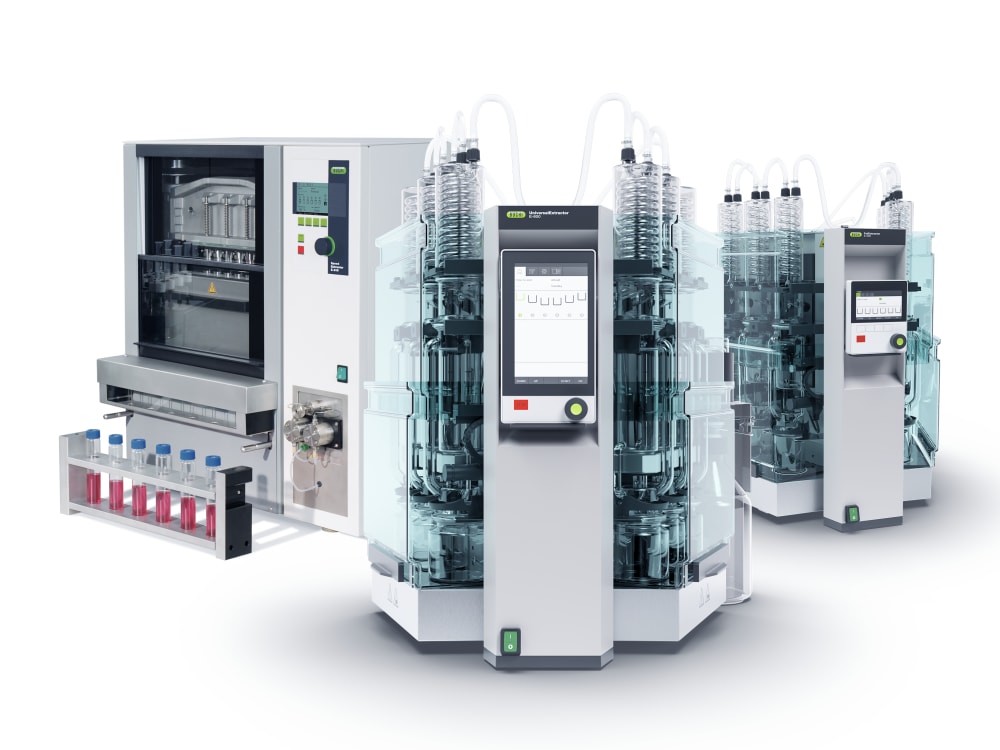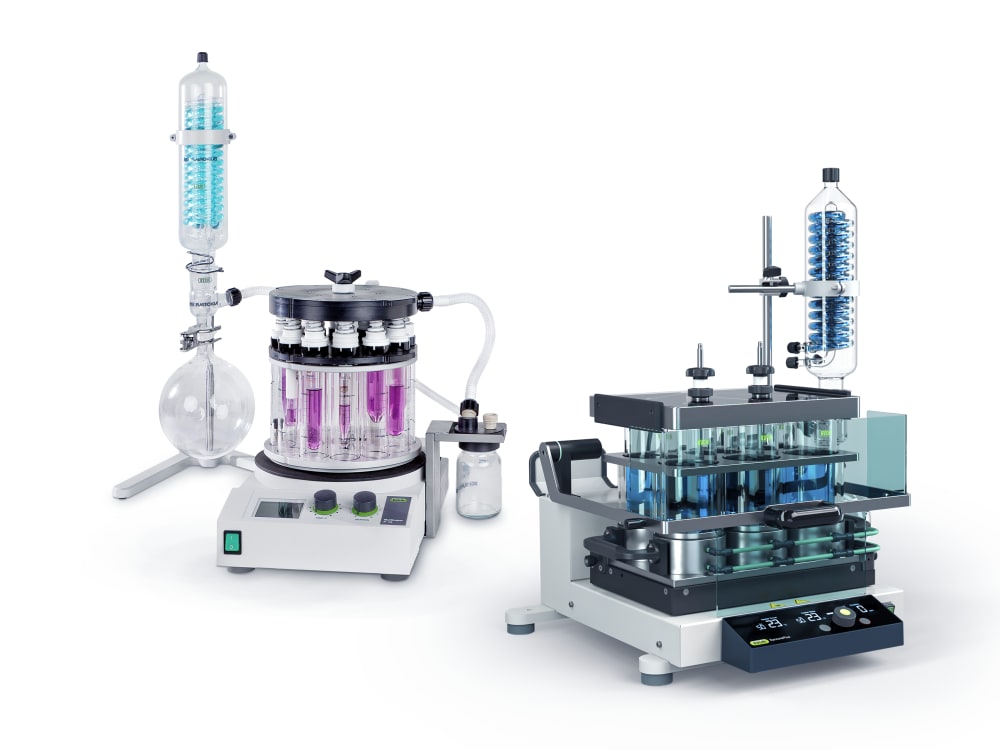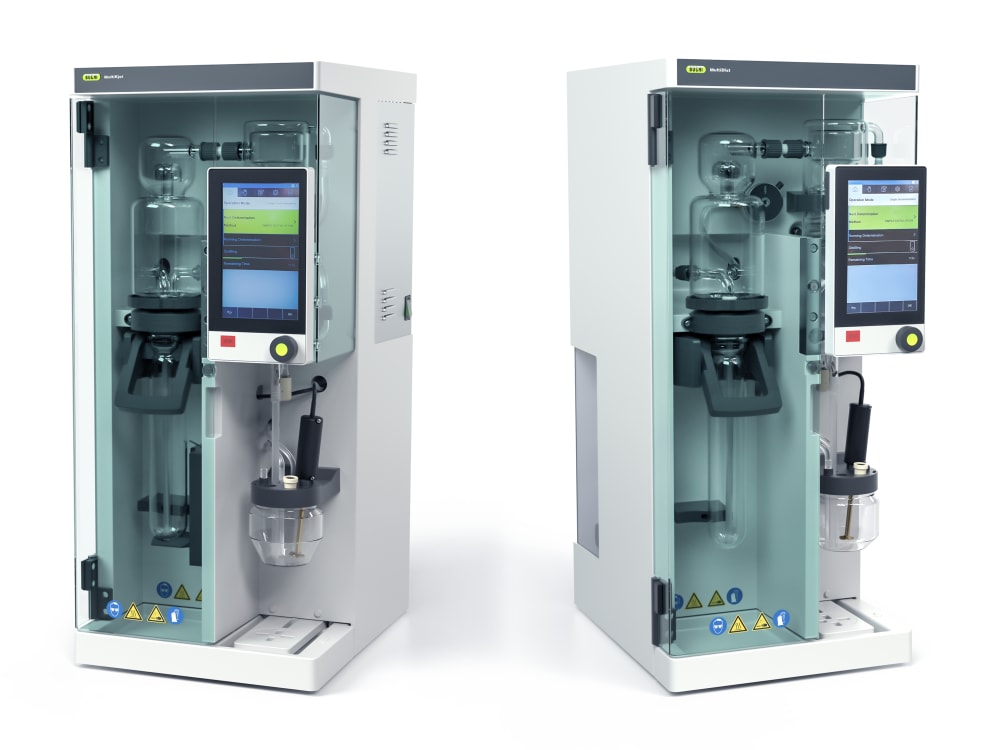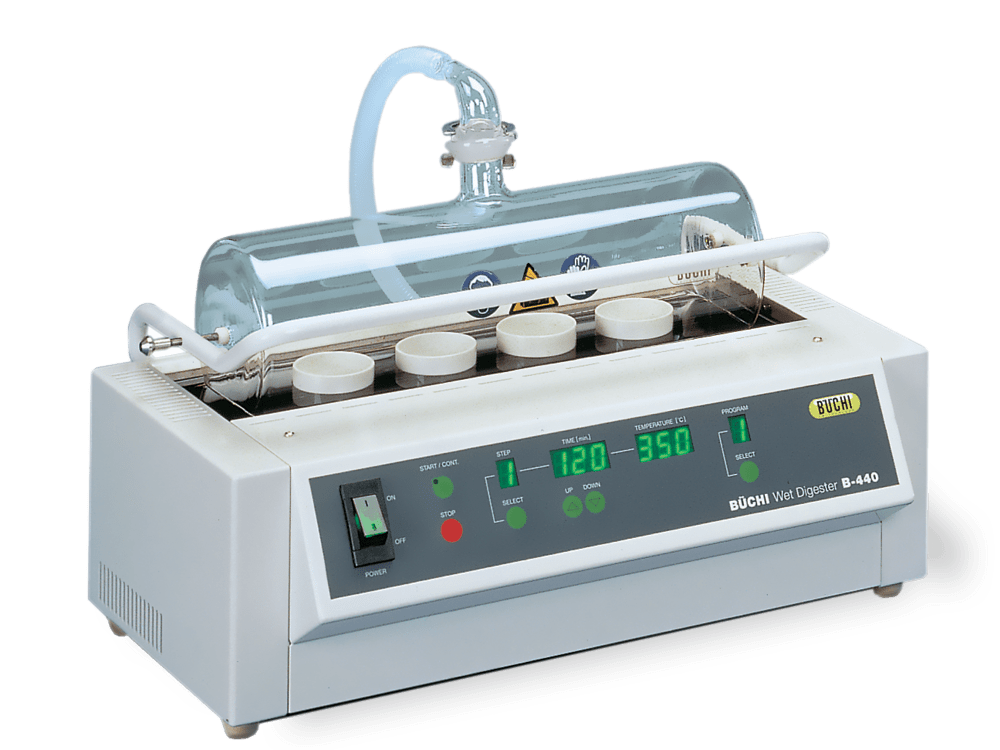Environmental
Determining pollutants in environmental and food matrices requires efficient sample preparation. BUCHI offers a wide range of solutions for reliable, efficient, flexible and safe sample processing procedures in the laboratory workflow to enhancing productivity and quality.

Process
Let’s dive into the most relevant matrices for environmental analysis.
- Soil and sediment
- Waste
- Water / waste water
- Air









